Featured Artist Natalie Abrams presents her fascinating three-dimensional work, created with ribbons of encaustic material. Find out more about this artist by visiting her website.
As far back as I can remember, I’ve been fascinated by three subjects – the perception of time, texture and the environment around us. When I started painting, the focus in my artwork became the examination of suspended moments in time, the physical and textural experience of those moments, the delicate beauty of our surroundings and the difficulty of preserving the present.
Over time, my work evolved into two distinct but related bodies of work – the three dimensional ribbon works and a body of abstract landscapes. The ribbon pieces began to take shape when I started working sculpturally in about 2004. I became increasingly interested in the dimensionality of sculpture and textures; giving texture a more pronounced depth.
Life is three dimensional. It has depth and movement. The movement of water as shown in the piece “deep blue”. Instead of painting a picture of ripples in water, the painting becomes more of a dimensional exploration of the movement of the water itself. The textural rise and fall, broken up into big drops, distinct but liquid, cascading and merging with one another.
I’m really moved by nature and our surroundings. Being an environmentalist, conservation issues and current events are always in my thoughts, including when I’m working. As a long term goal, I’ll be working to further develop that conservation link to my sculptural works. The next couple years will be focused on transitioning the ribbon pieces into freestanding sculptural installations.
Already bridging that dividing line between painting and sculpture, I believe these works could elicit a much greater impression on the viewer by taking them off the wall and increasing their scale; the corner of a room installed with work expanding out along the floor and reaching up the two side walls. A piece transformed into a coral reef stretching across a room or sitting on a sand dune, with grasses waving in the air . These freestanding installation works will be the focus of my time as an Summer Affiliate Artist in 2013 at the McColl Center in Charlotte.
Aside from the initial development of the sculptural installations, I’ll be spending this year on bringing the two bodies of work (sculptural and abstract landscape) together and continuing to develop my business practices. For a variety of reasons, I’ve developed a four quarter working schedule. Two quarters, I focus mainly on painting and minimally on business, and the other two I focus mostly on proposals for grants and exhibition spaces, which is what I’m doing right now.I’m currently developing a proposal for a collaborative exhibition with a friend. Neither of us have done a collaboration before, but we’re both really excited about the project. I’m also starting to hear back from my last quarter’s submissions and am lining up exhibitions, etc., into 2014.
At first, these periods focused more on writing than painting were extremely stressful. I’ve found that the benefits of writing out detailed descriptions of your work, what you’re planning and answering questions surrounding your ideas to be unbelievably beneficial. I gain a much deeper understanding of what I’m doing, why and how. I’m able to come up with detailed plans of how I’m going to execute the project. I’m rarely left with that feeling of, “what do I do next?” because I’ve always got a list to go from. And that organization helps me to be productive all the time, and ready for almost everything that turns up.
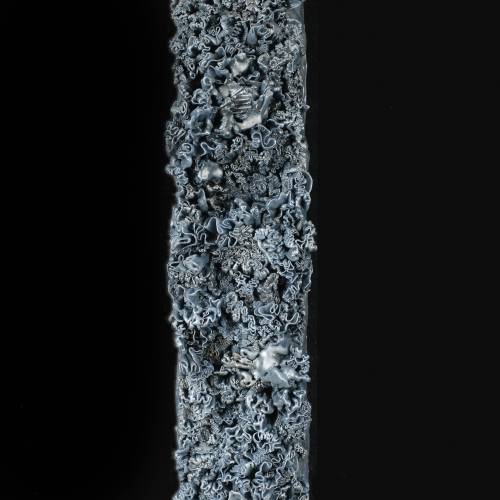
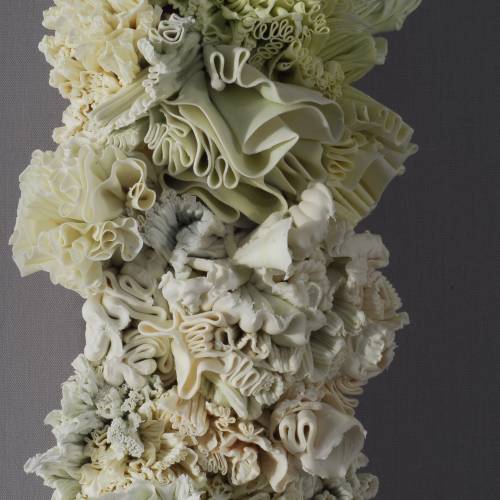
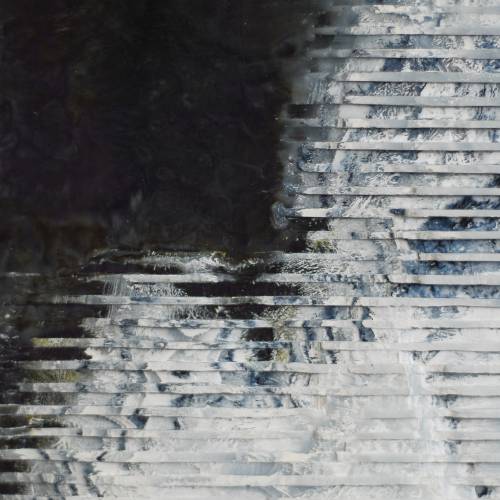
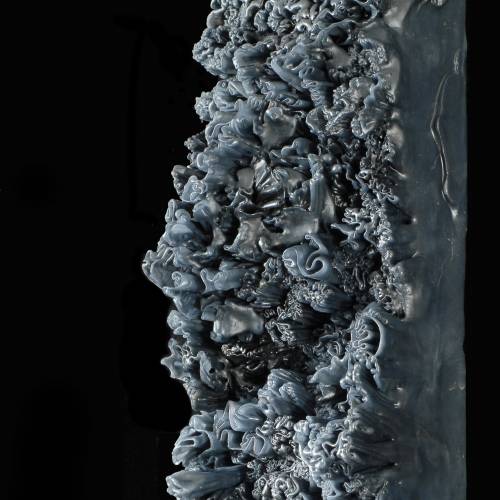
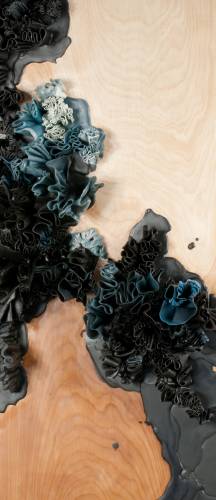
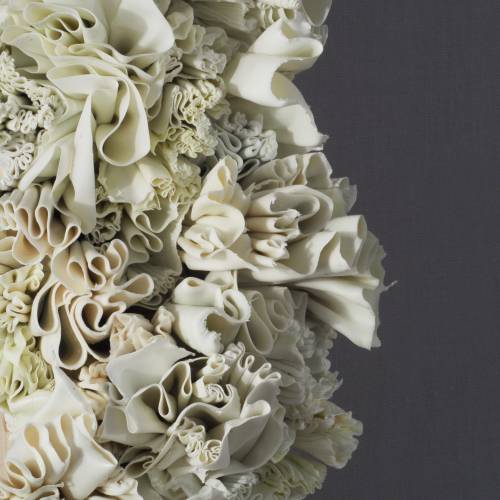
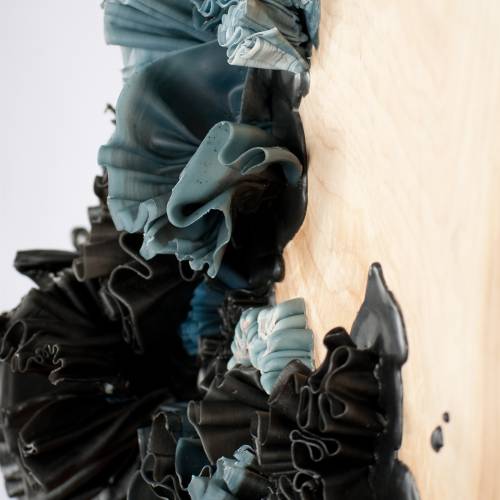

Thanks for this interview. I find the art fascinating (want to touch it!), and also interesting is the way the artist schedules her time. Being able to focus on her art, vs. being scattered in many directions of art promotion is very appealing. Though I imagine one could miss opportunities that only arise when one’s in creating mode…? But then, she’s making her own opportunities as well.
hi julia,
i always make time to search and review what calls and other opportunities. it doesn’t take that long to scan, and that way i can find the listing when it first gets posted, and i have the longer timeframe i like to have to prepare the proposals. the calls which i’m applying for typically post pretty far out. i also don’t apply for that many juried exhibitions, and if i do, it’s not that difficult to whip up some quick photos for a submission.
i also maintain a file of past calls so that i know approximately when to start looking for their new listings. for example, i know one arts incubator lists a call for proposals with a deadline in mid-december. because i have their previous posting and proposal guidelines, i can start preparing my proposal during the summer administrative cycle. i’ll start looking for the new listing probably mid to late summer, and once posted, review the proposal guidelines and proceed accordingly.
and, fyi, everyone wants to touch it! you should see a reception in person. you are so not alone! i’m going to start hanging one piece every show for viewers to touch at will so they can have some tactile satisfaction.
What a great idea — a touch sample! Thanks for the explanation. Very inspiring all around.
Beautiful gestural and textural work! Can’t wait to seeing how you bring your sculptural work & abstract landscapes together!